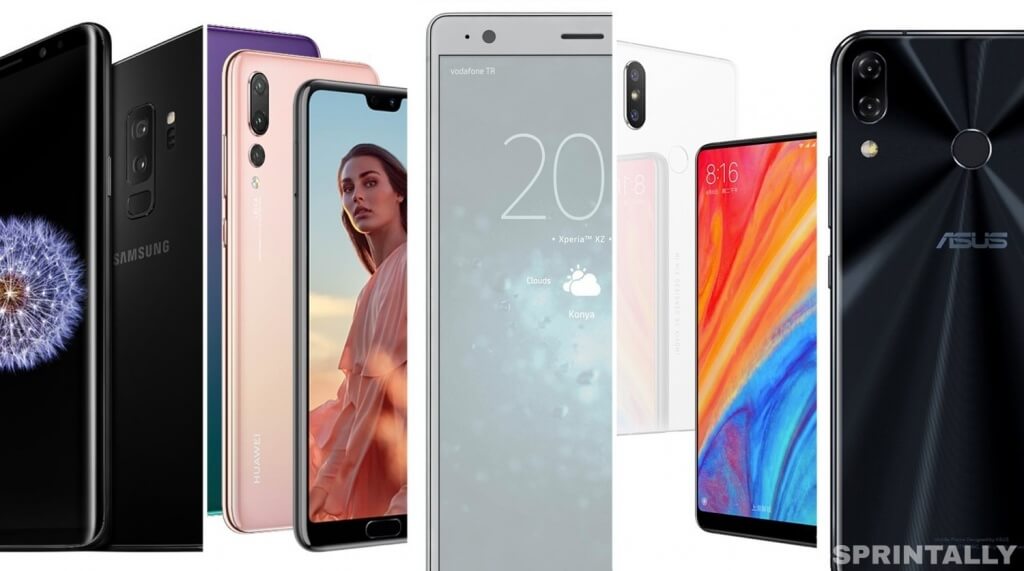After the presentations of five new flagship smartphones in 2018, I want to change my gadgets to more advanced and modern models. The difference in price between the most expensive and the most “budget” flagship smartphone is more than € 500. What are they different from each other and how to explain such a huge difference in price – in the review of new mobile technology “Sprintally“.
The most modern smartphones in the premium segment at the moment are five models – Samsung Galaxy S9 +, Huawei P20 Pro, Sony Xperia XZ2, Xiaomi Mi Mix 2s and Asus Zenfone 5z. New releases are not yet scheduled, so this situation is likely to persist throughout the first half of 2018.
A noteworthy chronology of the presentations of these devices is the Samsung Galaxy S9 + presented on February 25, Sony Xperia XZ2 on February 26, Asus Zenfone 5z on February 27, Xiaomi Mi Mix 2s and Huawei P20 Pro on March 27. Such a density of dates is not accidental and is due to the fact that companies are closely watching each other and for other people’s products.
We meet on clothes
Talk about the new flagships in 2018 is appropriate to start with the design – it draws the attention of all users, and especially buyers of premium smartphones.
As for the appearance of the new devices, the Sony Xperia XZ2, Huawei P20 Pro, Asus Zenfone 5z markedly changed the design in comparison with the flagship models of 2017, but the Samsung Galaxy S9 + and Xiaomi Mi Mix 2s only slightly changed the look of their premium line.
“Frameless” design triumphantly marches around the world, so all five smartphones are equipped with elongated displays with an aspect ratio of 18:
It’s logical and understandable – these screens improve the ergonomics of devices (they are more convenient to hold in their hands) and are more comfortable for Internet surfing, social networking, and instant messengers than smartphones with a classical aspect ratio of 16: 9. This is a clear trend, and it is obvious that this year almost all premium smartphones will receive screens with the same aspect ratio.
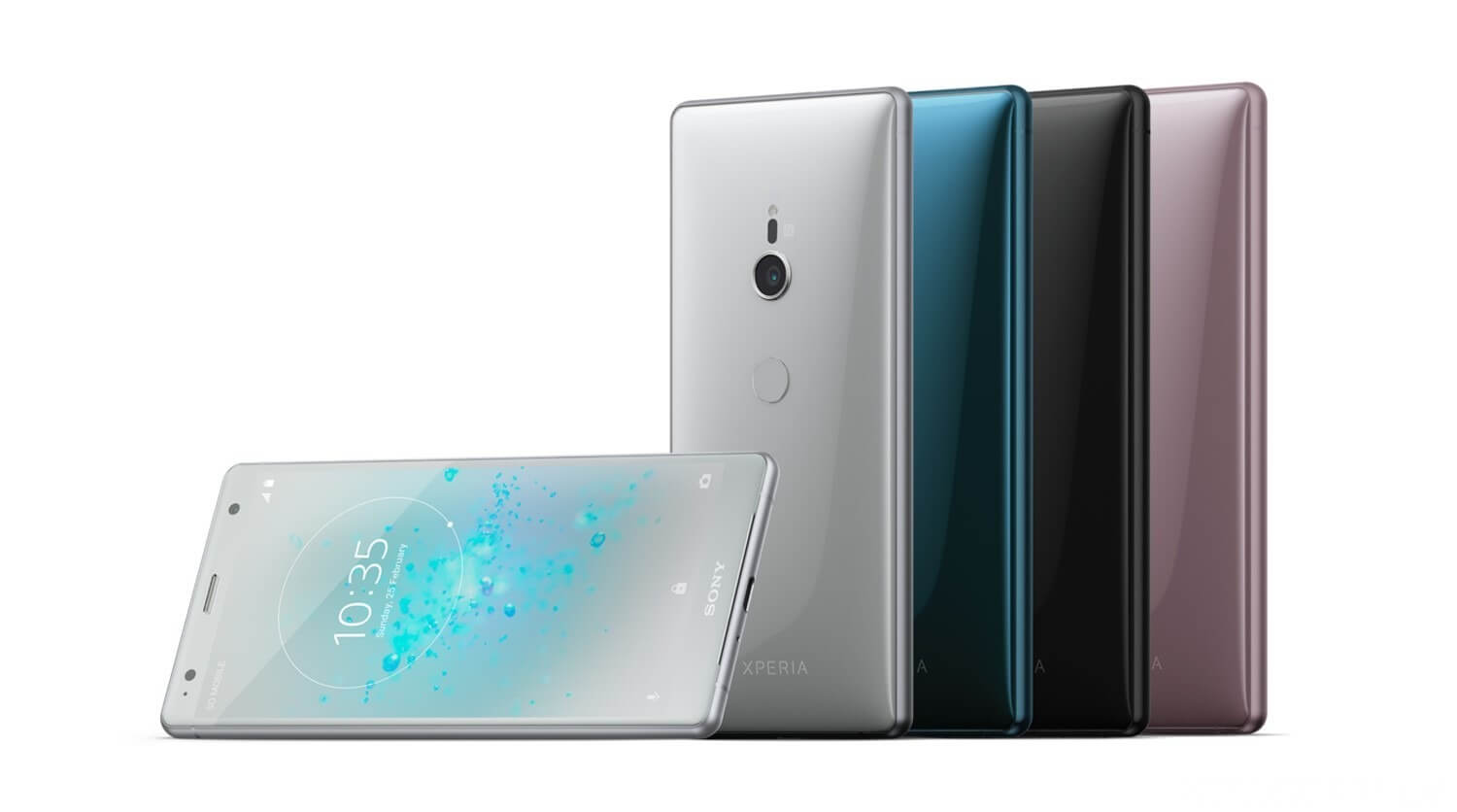
All but Huawei moved the fingerprint reader to the back panel. On the one hand, it looks impressive and increases the percentage of the ratio of the screen area and the area of the entire front panel of the smartphone, that is, the screen-to-body ratio.
Among the five smartphones in the review, the first place in the screen-to-body ratio indicator is occupied by Samsung Galaxy S9 + with 84.2%. Then follows Asus Zenfone 5z (83.6%), Huawei P20 Pro and Xiaomi Mi Mix 2s (81.9%) and Sony Xperia XZ2 (76.1%).
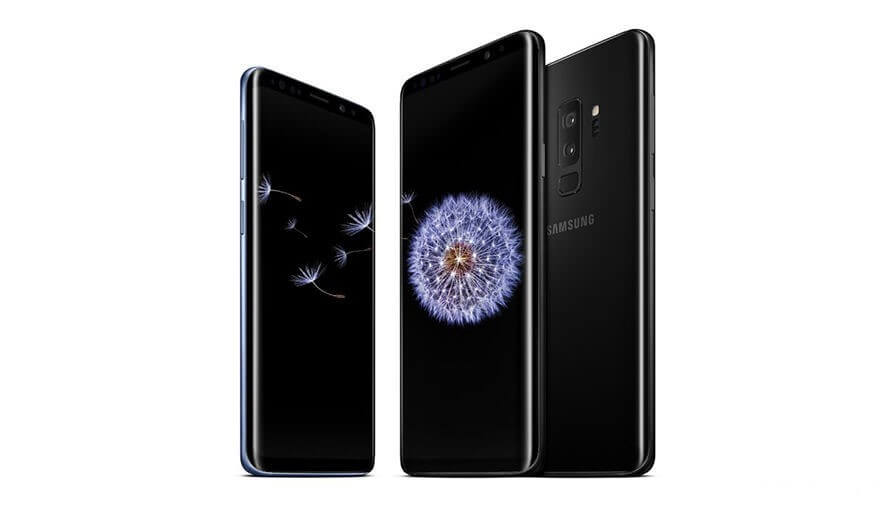
The metal case received only the “budget” Asus Zenfone 5z, and in other models, the back panel is made of high-impact glass Gorilla Glass 5 or exotic ceramics like the Xiaomi Mi Mix 2s.
An example of Apple was contagious – the famous cutout for the front camera at the top of the screen was adopted by Huawei and Asus. This solution looks not very aesthetically pleasing, but in fact it is very practical, because it allows you to place an indication – time, battery status, network signal and so on – not on a separate information panel that “eats away” part of the screen and to the left and right of the front camera.
Camera
The promotion of almost all new smartphones is built around the new capabilities of their cameras. Five new flagships are equipped with processors with artificial intelligence support. Actually, so far the only notable application of the capabilities of the NPU (neural processor) unit is the camera.
New camera photo and video options, as well as the ability to create, consume and share the photo and video content has become the main feature of all five smartphones and a place for application of the developers’ efforts. Xiaomi Mi Mix 2s received a new dual camera, and Huawei P20 Pro even a triple main and 24-megapixel self-camera.
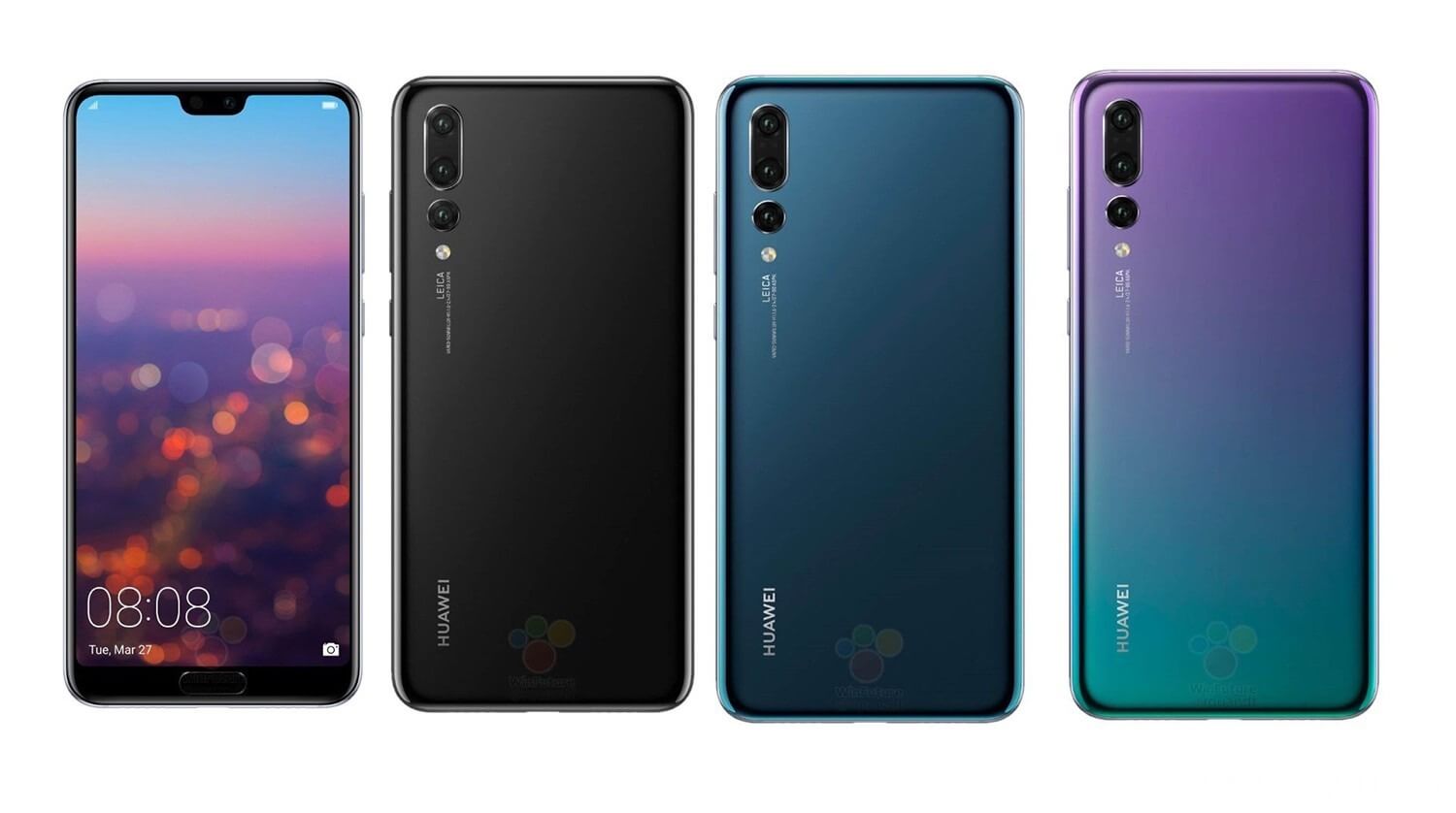
With a single-module camera, only Sony Xperia XZ2 remained, but the Japanese company was the only one who realized the ultra-slow shooting mode – 960 frames per second in Full HD mode.
Performance and screen
Five new smartphones are based on the most high-performance processors to date. Asus Zenfone 5z, Xiaomi Mi Mix 2s, and Sony Xperia XZ2 run on Qualcomm Snapdragon 845.
Samsung Galaxy S9 + and Huawei P20 Pro on Samsung and Huawei processors, these are Exynos 9810 Octa and Hisilicon Kirin 970 respectively. There is practically no difference between them in performance.
But there is a difference in smartphone screens. First, only the Galaxy S9 + screen with Quad HD + resolution (1440 x 2960), and the rest of the usual Full HD + 1080x.
However, the higher resolution of the Galaxy S9 + screen is almost invisible, unless, of course, you insert a smartphone into a virtual reality helmet.
More importantly, Samsung Galaxy S9 + and Huawei P20 Pro have SuperAmoled screens that allow implementing Always on display technology, which displays time, date, number of incoming messages and so on on the screen off.
As for wireless charging, in 2018 there was an “epochal” event – the first Chinese smartphone Xiaomi Mi Mix 2s began to support this type of charging. In addition to it, Samsung Galaxy S9 + and Sony Xperia XZ2 received wireless charging.
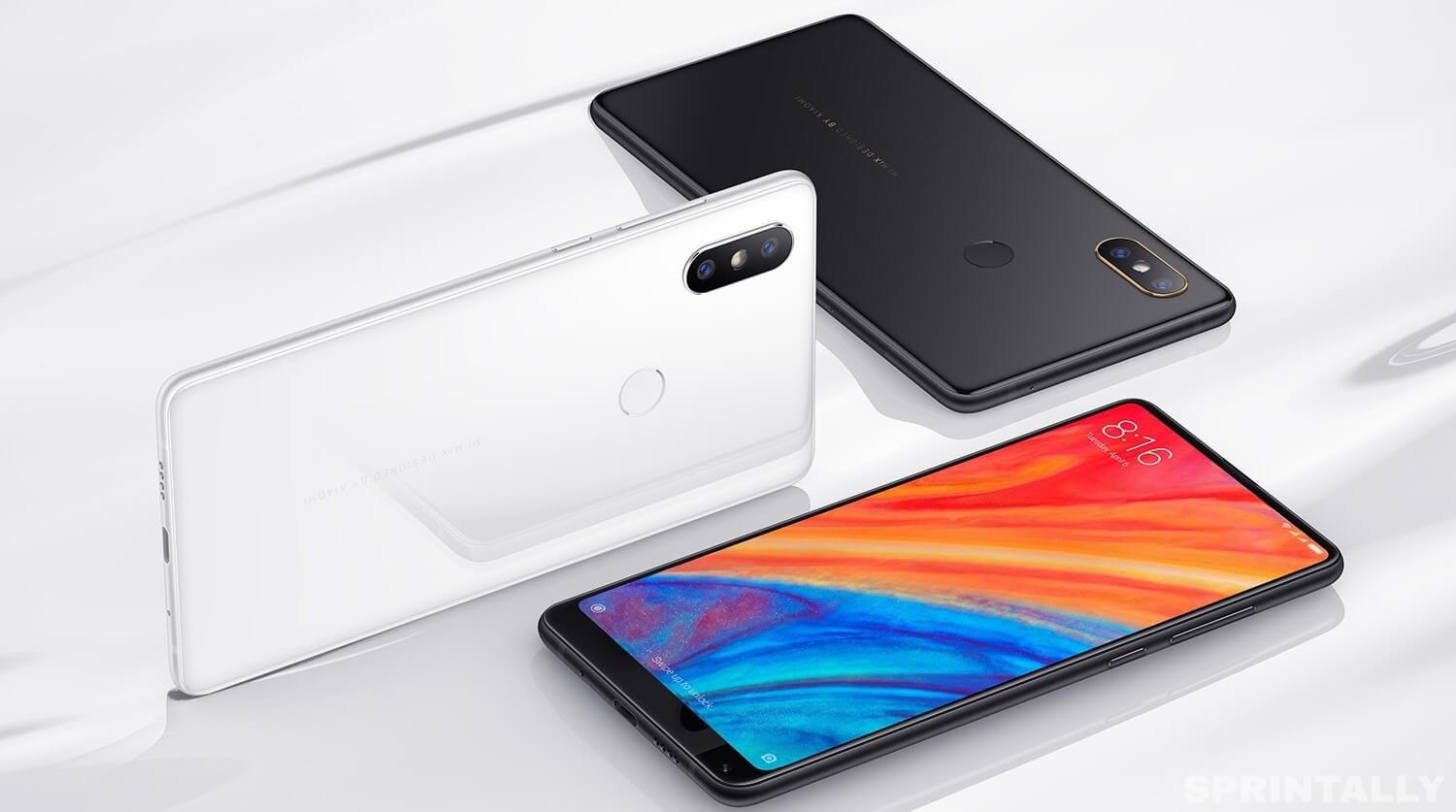
Asus Zenfone 5z cannot do this because of the metal case, because the laws of physics are inexorable, but the reasons for which wireless charging is not available for Huawei P20 Pro, are unknown.
The brand matters
Returning to the competitive advantages of certain flagship smartphones, it should be noted that the brand image in this market segment may outweigh the higher technical characteristics of competitors. Of all the presented five, Samsung is the leader in this respect, but Xiaomi and Asus care not associated with premium so far, these companies are better known for their budget smartphone models.
Nevertheless, despite the image of this or that brand, no one will deny the impact of the price on sales statistics. At the end of March 2018, the cost of Samsung Galaxy S9 is € 990, Huawei P20 Pro – € 900, Sony Xperia XZ2 – € 800, Xiaomi Mi Mix 2s – € 640, and Asus Zenfone 5z – € 480.
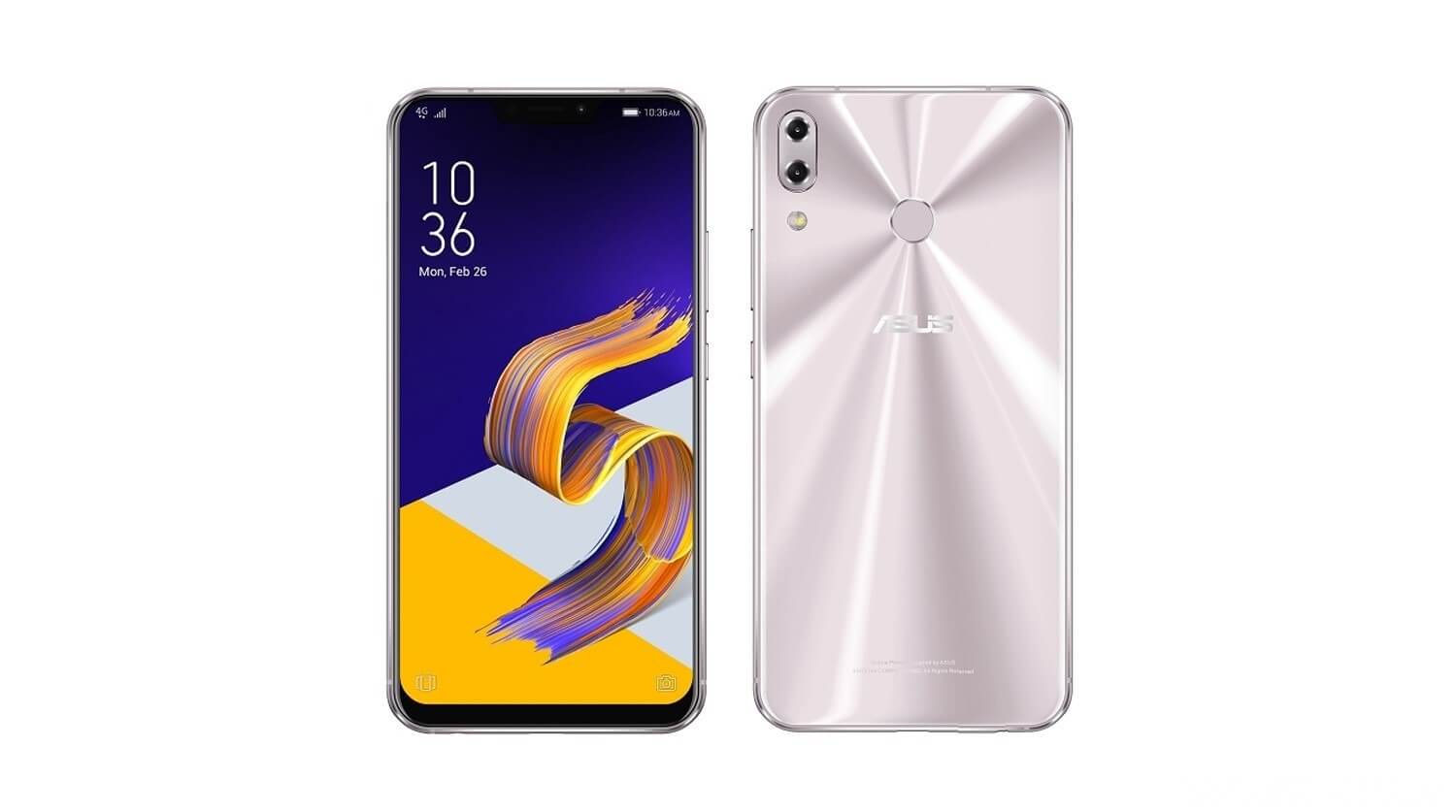
All these models will be available on the USA market in the first half of 2018. It is too early, to sum up, and determine the leader of sales, but it is already obvious that the user will have to choose from.
